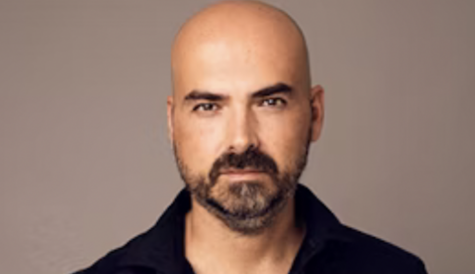Hub: À la carte tastier than bundled pay TV
 Existing pay TV bundles are getting less and less attractive to consumers and à la carte offers increasingly interesting, according to new data.
Existing pay TV bundles are getting less and less attractive to consumers and à la carte offers increasingly interesting, according to new data.
According to findings from Hub Entertainment Research, only 40% of those with one pay TV subscription feel their needs are “very well met”.
That number only rises to 47% among those with two services, 51% for those with three, and 62% to those with four or more.
Meanwhile, the ever-expanding number of services is confusing consumers, the ‘Best Bundle: Consumer Preferences in a Peak TV World’ study showed.
Just 22% say more offerings mean it’s easier to chose what’s best for them, which is down 11% on findings in 2017.
That is sending more consumers towards aggregated solutions, with 69% keen to access content from a single source, but that even with this happening, few are keen on big bundles.
Forty-three per cent want services that allow them to choose the networks the pay for, even if this means the price point per channel is higher than a bigger bundle.
“The novelty of having so many options for TV content is wearing off,” said Peter Fondulas, principal at Hub and one of the authors of the study.
“Now consumers want simplicity and efficiency. Bundles that aggregate content from multiple sources are highly desirable – but only if those bundles include little or no content they know they won’t watch.”
Jon Giegengack, co-author of the study, said that it is “not the price of traditional TV bundles that turns consumers off so much as how much of what they pay goes to content they don’t even use”.
“Viewers would rather have a bundle comprised of just the content they care about – even if it means they have to pay more for each network,” he added.
The study, conducted in January, surveyed 2,056 US consumers with broadband connections who say they watch five or more hours of TV each week.
TV services were termed as either pay TV, SVOD, virtual MVPDs and others.



